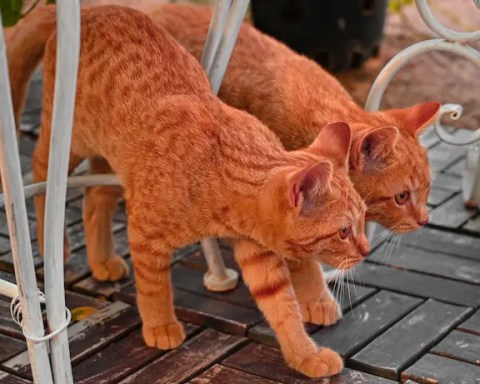Brief: Discover the key steps to becoming a Polar Explorer in this concise and clear education guide. Learn about the necessary skills,
MoreAnimal shelters are a vital resource for distressed and abandoned creatures worldwide. These are institutions where stray, lost, or surrendered animals (mostly
MoreCBD for Cats with Kidney Disease: Hope or Hype? The cannabis market is currently developing products specifically for pets, so many pet
MoreIntroduction There is no disputing that Golden Retrievers are becoming widely attractive. Golden Retrievers have always been in the top world’s most
MoreWhat is a Grolar Bear? Grolar bear is a hybrid animal which is born as a result of inbreeding between a grizzly
MoreIn the late eighteenth century two subspecies of a polar bear were recognized and documented. The two species were Ursus maritimus maritimus
MoreIn this article we are going to discuss polar bear diet for kids. Polar bears are super carnivores which mean that they
MoreWhile adult polar bears are perfectly insulated by the dense white fur, baby polar bears develop lighter furs in the initial days
MoreYou might be wondering how tall is a polar bear standing up. The average height of a polar bear when it stands
MorePolar bears fascinate children of all ages much less first graders. They always do. That is why we have decided to come
More




